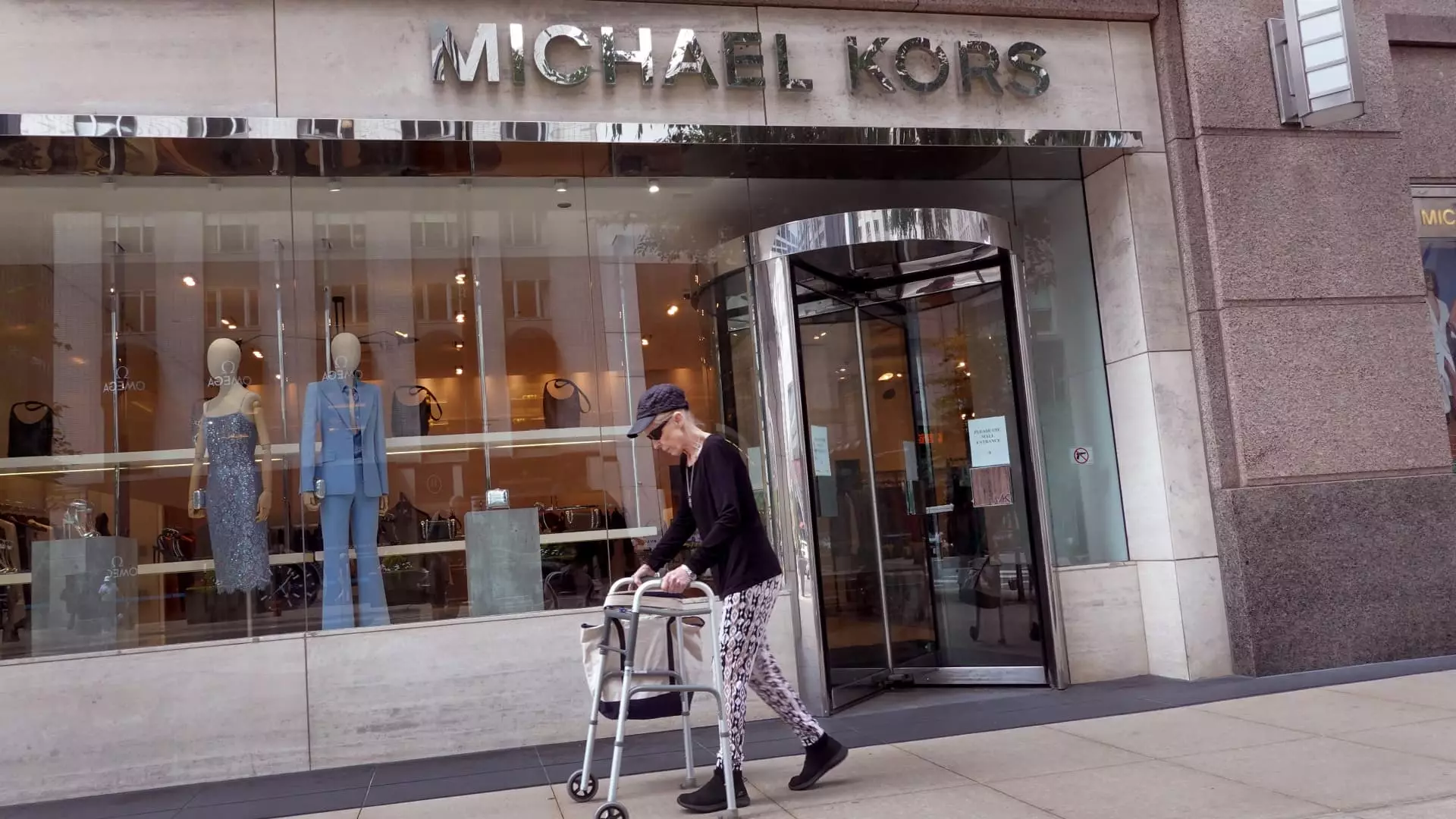In a decisive turn of events, luxury companies Capri Holdings and Tapestry have mutually agreed to terminate their proposed merger, following significant opposition from the Federal Trade Commission (FTC). This $8.5 billion acquisition, which was initially announced in August 2023, was touted as a transformative alliance that would unite two of America’s foremost luxury conglomerates under one roof, thus consolidating brands like Coach, Kate Spade, Versace, and Michael Kors. However, the FTC’s legal intervention sparked a comprehensive evaluation of the merger’s potential ramifications on competition, consumer choice, and employment benefits.
The FTC’s lawsuit specifically outlined concerns regarding monopolistic tendencies within the luxury sector, arguing that a merged entity could ultimately disadvantage both consumers and employees. The situation escalated when a federal judge ruled in favor of blocking the merger, leading Tapestry to announce its intention to appeal—a move signaling both a commitment to pursue the merger and a reluctance to concede in the face of regulatory scrutiny. However, as the deadline for regulatory approval loomed, it became evident that the merger was unlikely to proceed, prompting the companies to rethink their strategies.
Following the termination announcement, Capri’s CEO, John Idol, expressed a renewed commitment to the company’s growth trajectory and emphasized the importance of focusing on their affluent brands. The company has grappled with a decline in sales, particularly in its flagship Michael Kors line, making it imperative that they recalibrate their approach. “Looking ahead, I remain confident in Capri’s long-term growth potential,” Idol stated, signifying optimism amid the turbulence.
Capri’s decision to focus on its three luxury houses—Versace, Jimmy Choo, and Michael Kors—demonstrates a crucial pivot in their approach. The company plans to undertake strategic initiatives aimed at enhancing brand desirability and optimizing customer experiences, thus reaffirming its commitment to the luxury market. These efforts will necessitate innovative marketing strategies, compelling product lines, and a seamless omni-channel consumer approach.
On the other hand, Tapestry’s leadership, represented by CEO Joanne Crevoiserat, has signaled a shift towards an independent growth strategy. Rather than viewing the blocked merger as a setback, Tapestry will redirect the financial resources previously allocated for the acquisition towards a $2 billion share repurchase program. This move not only reinforces Tapestry’s confidence in its standalone operations, but it also serves to reward shareholders amid a changing landscape.
Additionally, Tapestry’s performance during the first quarter has bolstered its resolve, allowing the company to pursue its organic growth trajectory without the burdens associated with integrating Capri. Tapestry’s emphasis on speed and agility, aiming to capture market growth opportunities, reflects a strategic recalibration tailored to enhance profitability and shareholder value.
The market reacted sharply to the news of the merger’s termination, with Capri’s shares experiencing a notable decline, illustrating investor concerns over its financial health. Conversely, Tapestry’s stock saw a significant uptick, suggesting that analysts now view the company as well-positioned for future growth, independent of the complexities associated with the Capri deal.
As Capri prepares to engage with analysts regarding its path to regain market strength, the road ahead is undoubtedly challenging. The luxury sector is continually evolving, necessitating that brands adapt swiftly to consumer expectations and behaviors. To facilitate a turnaround, Capri will have to ensure not just visibility in market ventures but also a compelling narrative around its brand offerings that resonates with its affluent consumer base.
The unravelling of the Capri-Tapestry merger serves as a pertinent case study within the luxury sector. It highlights the intricate relationship between regulatory frameworks and corporate maneuvers, revealing not only the dynamic nature of mergers and acquisitions but also the imperative for luxury brands to remain agile and innovative in the ever-competitive marketplace. The future of both companies remains contingent on their ability to foster brand loyalty, drive sales, and navigate the complexities of an industry marked by rapid change.

